If you’ve been following along on our blog, you’ll know that we just went on vacation in January and that it wasn’t our first time traveling with kids. In our two and a half years as parents, we have been on plenty of family excursions (Traverse City, Mackinac Island, Hocking Hills, Seattle, Vancouver, Kansas City, Washington D.C, and Florida/Bahamas) and while we are no travel experts, we have learned so much along the way (some of it the hard way). This post initially began as an overview of our Disney cruise trip but as we began hashing things out and as some of our new parent friends began asking us for travel advice, we realized it would be a good idea to write a separate post on general traveling advice. Don’t worry, we are still working on our Disney Cruise post but until then, here are some general tips for traveling with little ones.
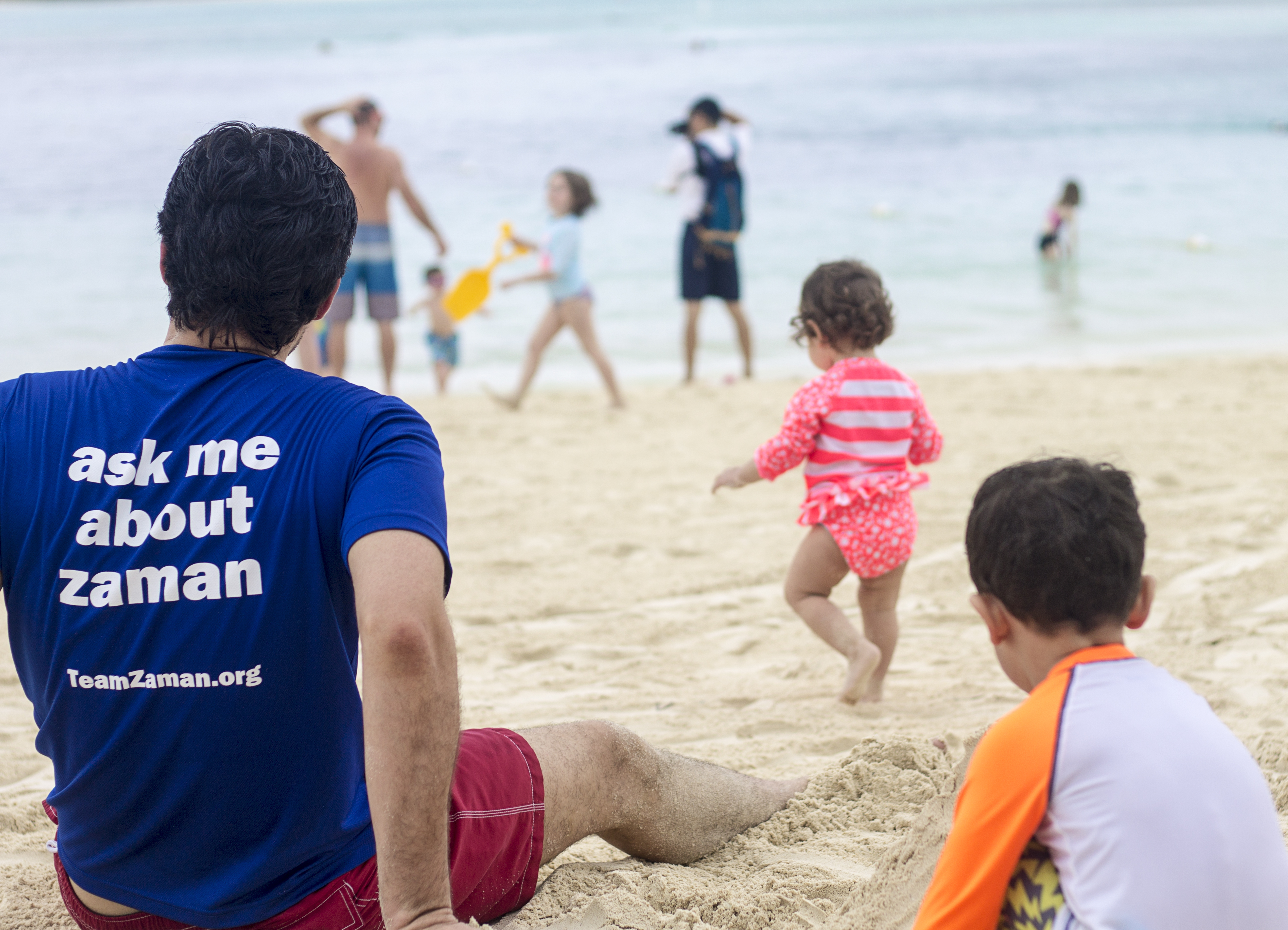
1. Plan, Plan, Plan. No advice we give will replace good old research and common sense. Basic things like weather, flight time, length of stay, etc… should be accounted for when packing and preparing. Whether it’s how much weight you can check in or whether you have to purchase a seat for your child, make sure you’re up to date on all the rules and regulations. We also recommend you write a general itinerary so you’re not guessing where to eat or go when you arrive. Once upon a time it was exciting to travel without any plans but as a parent there is nothing worse than listening to your child cry as you scroll through Yelp trying to decide whether to brave sitting in a restaurant or get takeout and scarf down your food in the car. Nothing.
2. Be mindful of your little one’s routine. Whether your travel destination involves flying, road tripping, theme parks or swimming at the beach, make sure your itinerary accommodates nap times and offers plenty of opportunities to be active. “Fussy, restless kids are real charmers,” said no one ever. Here are just some examples of how we choose to work around our children’s routines: 1) We plan departures early in the morning when they are well rested and happy 2) We don’t plan major activities during their nap time, 3) If we are driving, we make sure to stop and let them run around, 4) We are aware of their bathroom routines and make sure they have a comfortable place to go.

3. Be completely packed early the day before and get a good night’s rest. Unfortunately coffee cannot fix everything. A good night’s sleep is gold for you and your little one(s) and can mean the difference between you losing your cool or not. We like to have all of our outfits picked out and laying on the dresser the night before so that getting ready in the morning is a breeze. We also find that having our carry-ons packed with our passports, cards, chargers, snacks, etc… the night before means no scrambling and guesswork in the morning. The morning of your trip should run as smoothly as possible because let’s be real: leaving is the easiest part.
4. Take your car seat and rear view mirror with you. There’s really no need to buy any fancy gear for traveling. Simply grab your car seat and base after you’ve arrived at the airport and check it in with your luggage. Not only does it save you money but you also get the peace of mind knowing that your child is sitting in something clean and safe, considering that you don’t know where car seats from rentals have been or how outdated they are.
5. Take your stroller and don’t check it in until you get to the gate. The last kind of stress you need while you’re traveling is having to chase after your little one(s) while checking in or going through security. Keep your kid(s) and any small items contained in a stroller all the way until you get to the gate. I repeat: Do not check your stroller in with your luggage (unless you don’t mind your arms falling off). One major bonus to hanging onto the stroller is that parents with small children and strollers are among the first priority when the plane gets boarded so take advantage while you can.

6. Take backpacks for carry-ons. One backpack for each parent. This is pretty self-explanatory but you want to be as hands-free as possible and as unrestricted as possible. You need to be as swift as a ninja should the need arise and you certainly won’t be able to do that if you’re wheeling your stuff along or if you have a bag hanging off your shoulder.
7. Dress comfortably. Yeah we know every parent wants to be that cool mom and dad. But you know what’s not cool? Chasing after toddlers when you’re not dressed for the part. We like to keep it casual on the road with sneakers, jogger pants, and a light hoodie/cardigan. Don’t be a hero. If you nurse, wear something comfortable for nursing. If you want your experience with security to be as smooth as possible just skip the pants and belt and anything metallic for that matter.
8. Pack spare clothes for your little ones AND YOU. Out of the four flights we’ve been on, we’ve had 2 episodes of diaper blowout and one puke fest. The puke fest happened on us and guess who didn’t have a change of clothes? Us. Even if it’s just an extra top, it’s better to be safe than sorry. Trust us on this one.
9. Milk them during takeoff. If you’re flying and your little one(s) still nurses or takes formula then let them feast as the plane is taking off. Not only is it the perfect comfort and distraction but you may get an hour or more sleep time out of them. I’m speaking here as someone who successfully nursed my children to sleep during takeoff and found how much more bearable the flight was when they were asleep for half of it.
10. Prepare many forms of entertainment. Think like a bag of tricks or a busy box with age-appropriate distractions. In the past we’ve taken play dough, coloring and sticker books, stories, and new and favorite toys (nothing too noisy). More recently, and now that our son is over 2 years of age, we have made screen-time exceptions for him because, quite frankly, a miserable flight is not worth ruining our trip over. If you have a Netflix account, the majority of content available can be downloaded on a device for offline viewing (it expires after 48 hours but you can renew as long as you have wifi access). We made sure to get our son the perfect sized headphones and we downloaded plenty of Curious George to get us through the 2.5 hour flight to Florida.

11. Take lots of snacks. There’s no such thing as too many snacks. It’s worth mentioning that young children under 3 are the exceptions to the TSA liquid restrictions so pouches, pumped breast milk, formula, baby food…all those things you can take with you and you should. For us, food is one of those things that gets our kids to quiet down especially when they know they’re about to try something new so we suggest you pack a variety of snacks and pack something they haven’t tried. We guarantee that it will get you some good fuss-free mileage. Here are some of the non-perishable snacks we’ve been taking on our latest trips: Mango pouches, dried fruit or fruit leather, crackers, lara bars, apple sauce, and rice cakes. Be sure that if you’re traveling with perishable food that you pack it appropriately.
12. Pack an empty sippy cup and/or baby bottles. Staying hydrated is important and we find that it’s much easier to do that on the go when we travel with the right supplies. When we fly, we pack an empty sippy cup (we also take a canteen for ourselves) in our carry on and once we pass through security we fill it up at a water fountain. It’s an easy way for us to make sure we are drinking water while being environmentally friendly. The same goes for milk or formula. Pack an empty bottle in your carry-on and you can fill it up when the need arises.
13. Pack some baby-proofing essentials. Apparently baby-proofed hotel rooms are like unicorns. They don’t exist. From sharp-cornered furniture to unsecured TV stands to heavy lamps and messy cords ( I can go on), every hotel we’ve been in has been the stuff of parent nightmares. If you want some extra peace of mind, we suggest taking just a few baby proofing essentials: outlet covers, cabinet locks, and some cut up pool noodles for edge guards.
14. Rent an SUV or Mini-Van. There are plenty of ways to cut costs while traveling but this is one area we don’t recommend cutting. You want a vehicle that’s comfortable for your carseat(s), has plenty of room for all your luggage and stroller(s), and gives you the ability to hop in the back and soothe your baby during a meltdown should the need arise. A sedan or smaller vehicle will not give your family that comfort. Plus, you can get a taste for how things will be a few years down the line when you’re the uncool minivan parents (kidding).
15. Be kind to yourself. Repeat after me: “I am not the first to travel with kids and I won’t be the last. And I am certainly not the first or last to travel with noisy or crying kids. I will not feel guilty over things that are beyond my control. I will be kind to myself. Enemies of fairness and equality, hear my parent-ly roar (optional).” Look, no matter how much you plan and prepare, you will inevitably find yourself in uncharted territory (we got stuck in the airport for 10 hours on our way back from Florida with two toddlers and it sucked big time). None of us have this all figured out and that’s okay; we learn as we go. If you’re traveling with your spouse and you sense him or her stressing out, try sharing words of encouragement or give them a compliment on something they’re doing well. At the end of the day, all this preparation you’re doing is so that YOU can also enjoy the trip so don’t let it get to you if things don’t go your way.

That’s all folks. We initially had in mind to share 10 tips but as we started recalling what we wish we knew before our first trip, we couldn’t stop. We could have probably written much more too but we decided to keep it general and share more specific travel tips in separate posts. We also realize these are much more applicable if you’re flying rather than driving to a destination but we hope you’ll find it helpful either way. One day, we will get to publishing the Disney post and maybe one day we’ll write about Seattle and Vancouver and Washington D.C and Kansas City. One day. In the meantime, if you liked this post and found it helpful we would love if it you would like it and share it. For more related content, you can find us on Instagram where we share more of our day-to-day and Pinterest where we share our ideas and inspiration. If you have any thoughts or suggestions about this post, feel free to leave a comment below. And as always…




















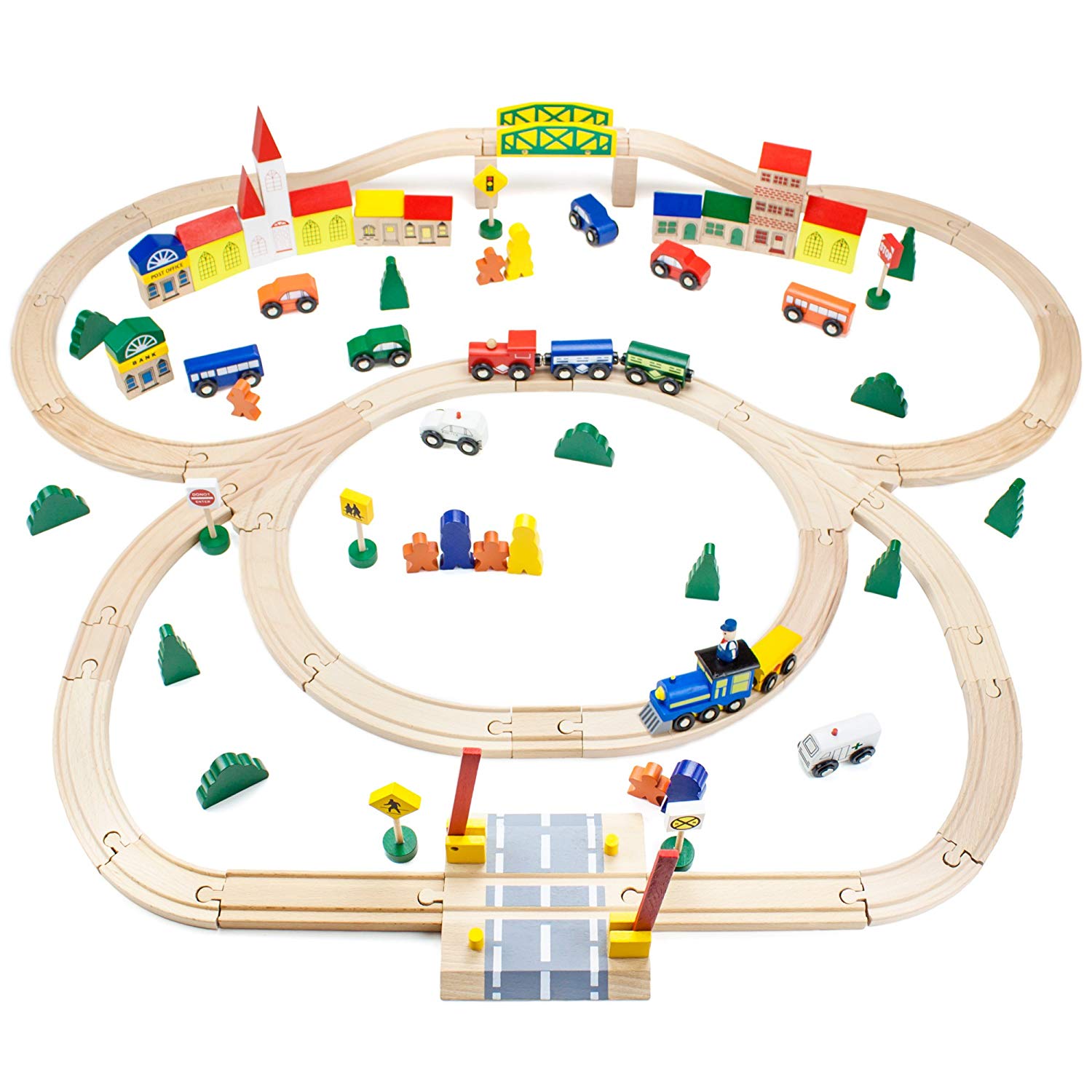


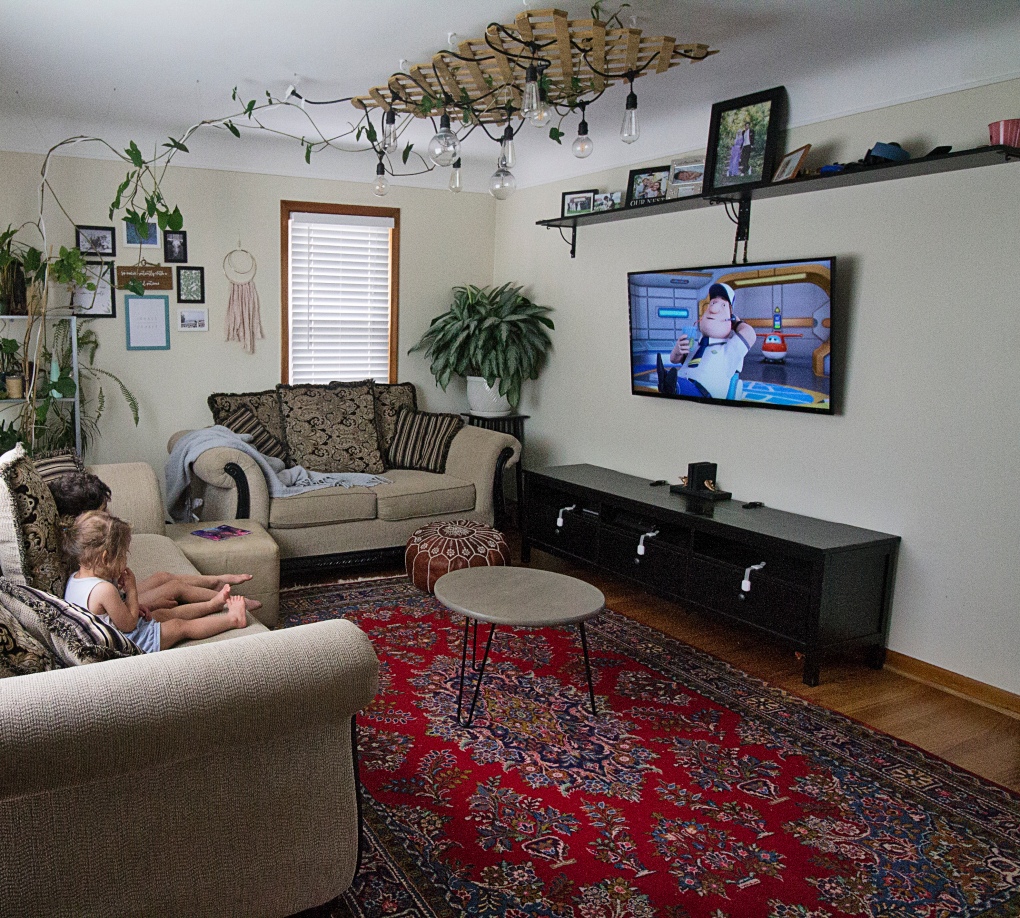
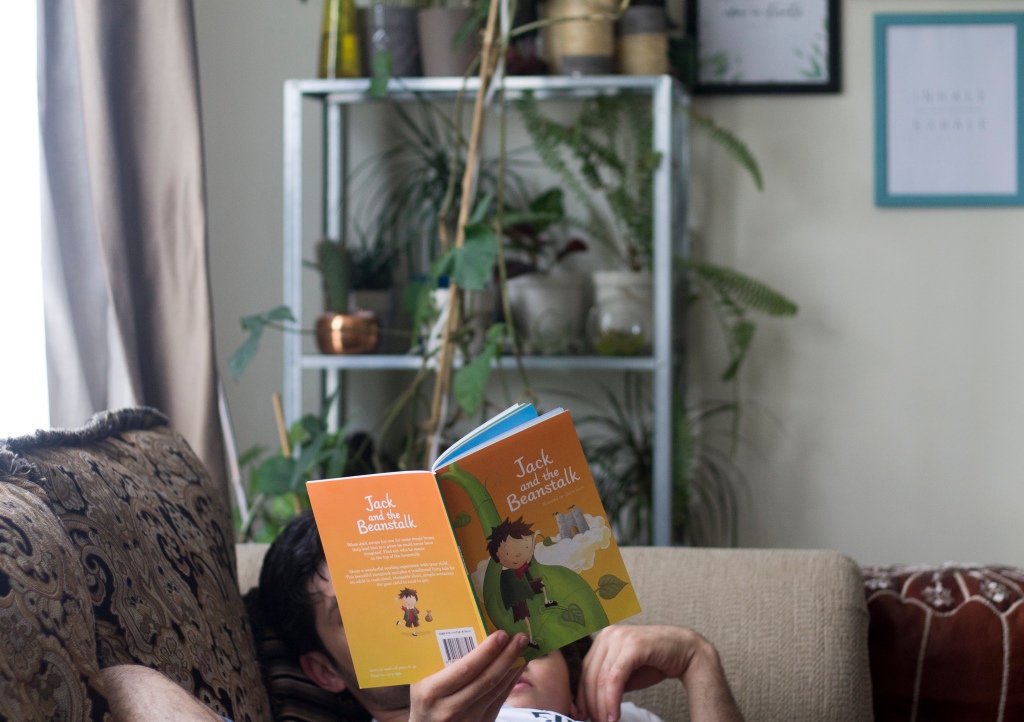

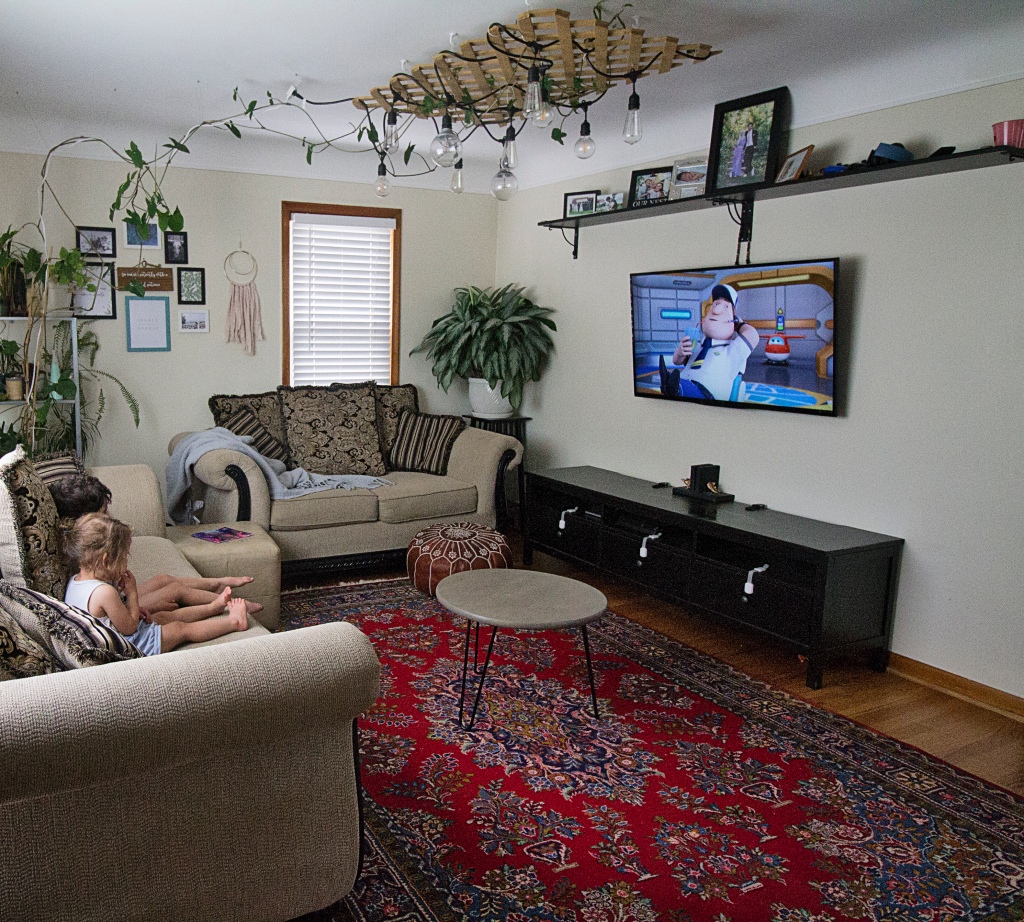

















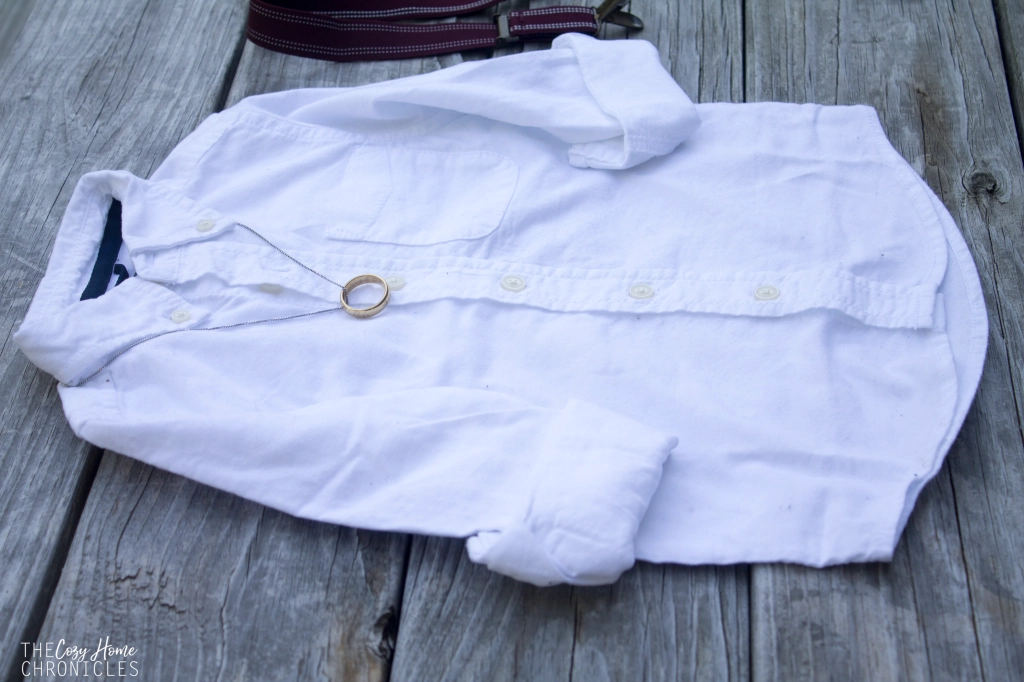










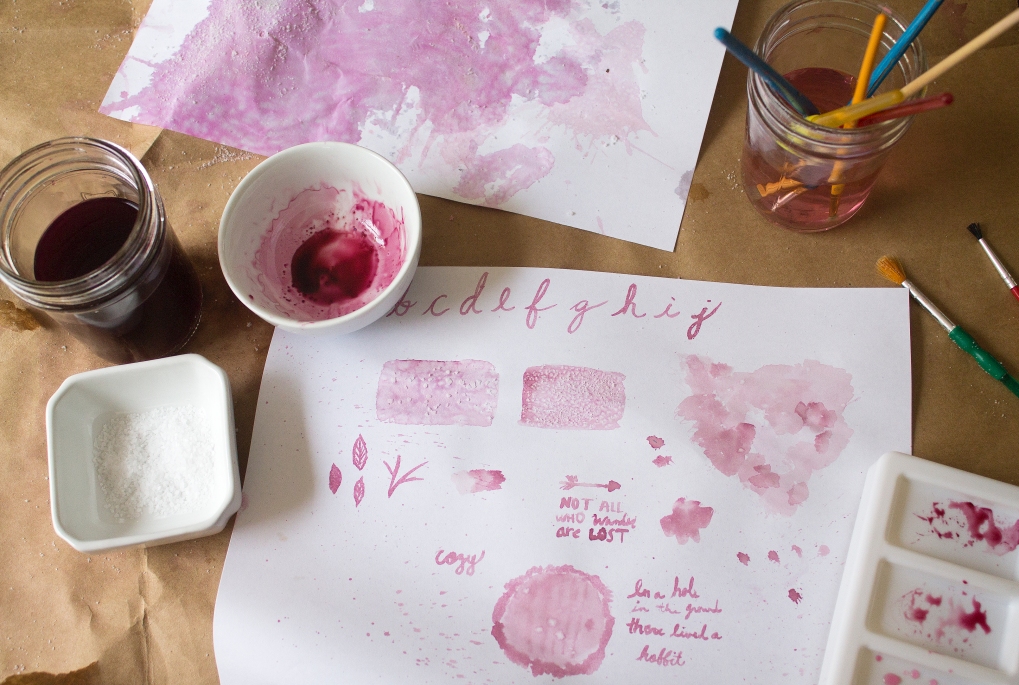


 My son was ecstatic about pouring salt all over his painting (consider that he’s been attempting to dump salt out since he turned 18 months) but what he doesn’t know is that we were actually practicing a legit water color technique that I learned from
My son was ecstatic about pouring salt all over his painting (consider that he’s been attempting to dump salt out since he turned 18 months) but what he doesn’t know is that we were actually practicing a legit water color technique that I learned from 



